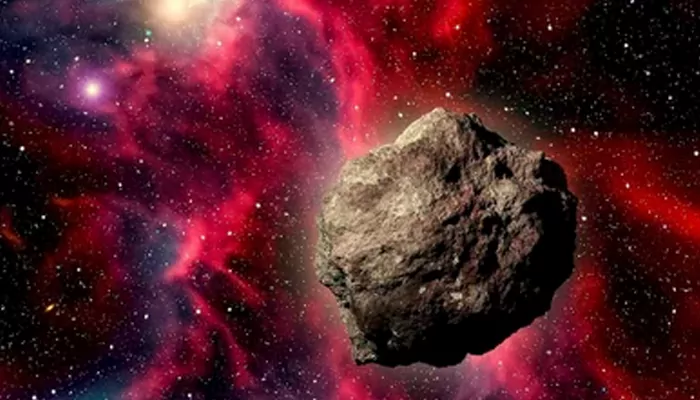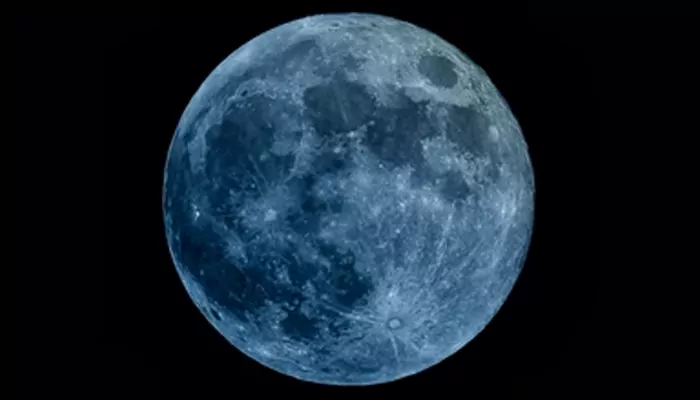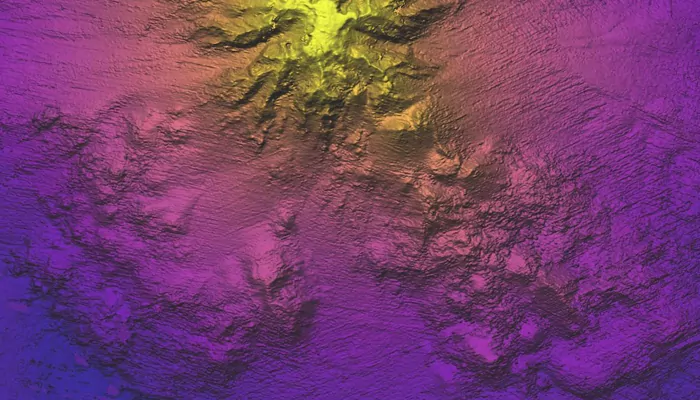
Here are today’s most important updates from the realm of Science and Space.
Earth to Europa: NASA’s Europa Clipper to Search for Life on Jupiter’s Moon
NASA is currently preparing for its largest planetary mission spacecraft to date, Europa Clipper. The mission aims to investigate whether Europa could harbour conditions suitable for life.
Jupiter’s moon is believed to contain a massive subsurface ocean beneath icy crust. Thus, scientists are opting this moon for astrobiological research. The mission will employ an advanced orbit strategy to circle around Jupiter also apart from Europa. The journey from earth to Jupiter will take at least five and a half years. The spacecraft is expected to launch on October, 2024.

Close Call: Asteroid Discovered Hours Before Collision with Earth, Crashes over the Philippines
In an astonishing display of astronomical detection, a small asteroid, named as 2024 RW1 was discovered mere hours before it hit the Earth. However, in this harmless interaction, the asteroid burned up and destroyed in Earth's atmosphere over the Philippines. Despite small in size, the space rock’s fiery death created a bright fireball, which was visible from the east coast of the Philippines. It was first spotted by scientists at the Catalina Sky Survey in Arizona.
This marks the ninth time in history that any space rock has been detected just prior to impact in the Earth's atmosphere.

Moon Money: Scientists call for International Plan to Explore Lunar Water & other Resources
Moon, the only satellite of our planet Earth, has been a key research interest since ancient times. The Moon holds the promise for a robust lunar marketplace and economic growth.
Hundreds of moon missions are scheduled for launching in coming years. From exploiting water ice to hunt for other resources, scientists are hopeful about sustainable Lunar economy.
"We need to formalize this campaign in terms of getting people onboard, to take it seriously. It's time for collaboration and cooperation," Clive Neal, an expert in lunar exploration and professor of Civil and Environmental Engineering and Earth Sciences at the University of Notre Dame said recently.

Deep-Sea Discovery: Undersea Mountain Taller Than Mount Olympus Discovered
Oceanographers from the Schmidt Ocean Institutein California discovered massive seamount in the Pacific Ocean. Located around 1,448 kilometres off the coast of Chile, the undersea mountain has a height of 3,109 meters from the ocean floor. The researchers also detected sponge gardens, ancient corals, along with rare marine species around the area.
This is a remarkable discovery because only 26% of the seafloor has been scientifically mapped till now. To understand the underwater environment in detail, such discoveries help oceanographers.





.webp)
.WEBP)
.WEBP)
.webp)
.webp)


.webp)